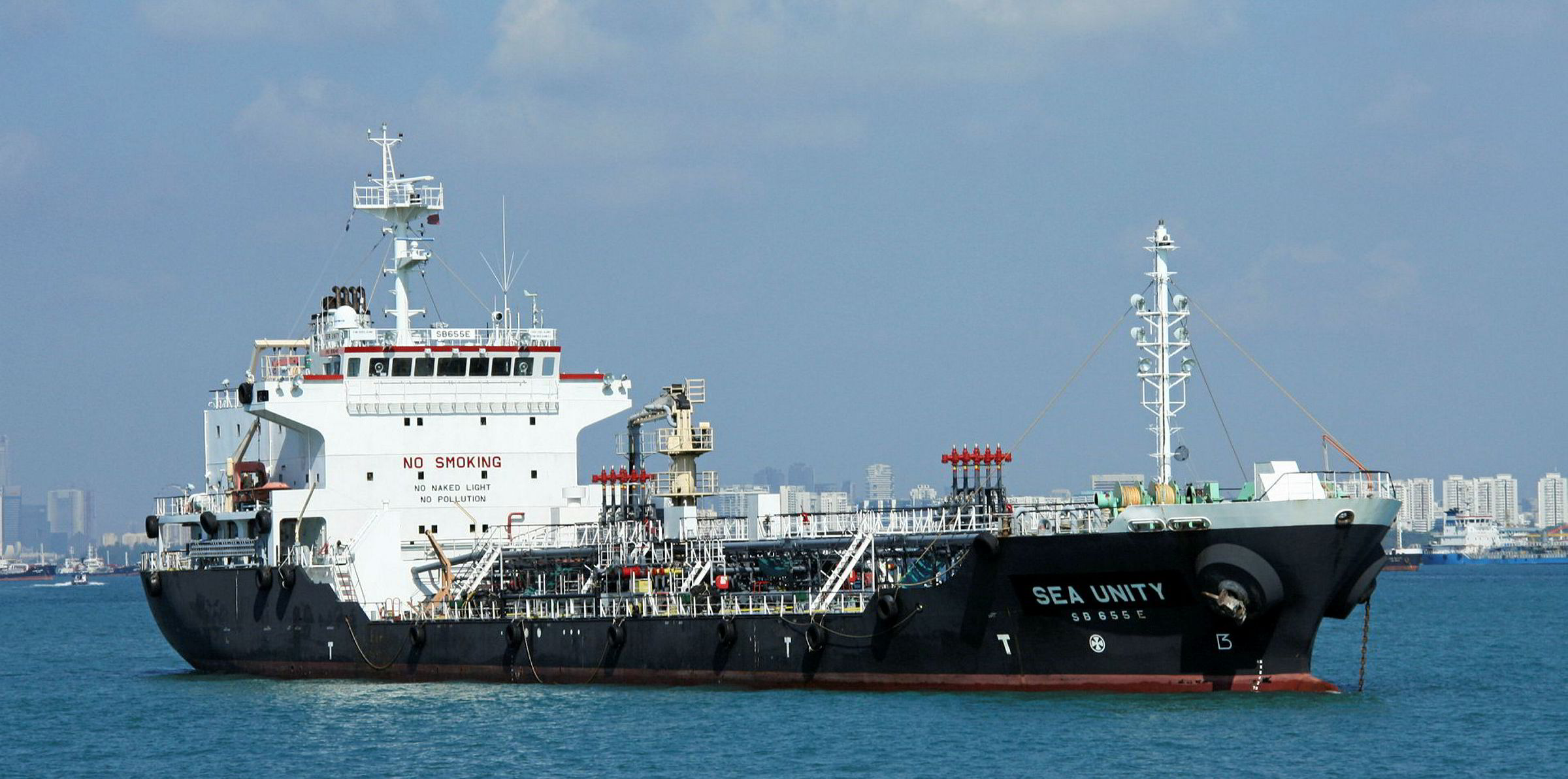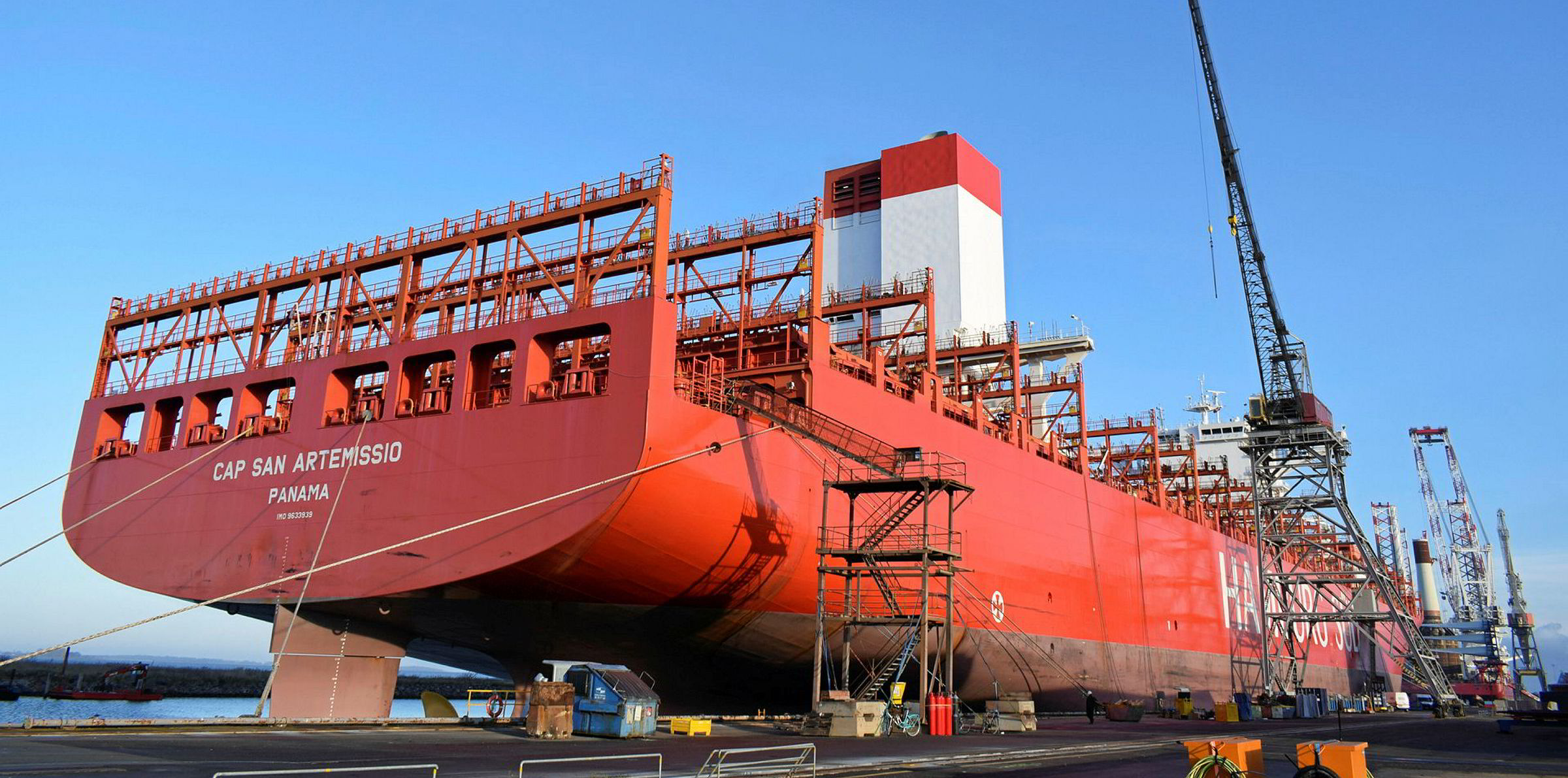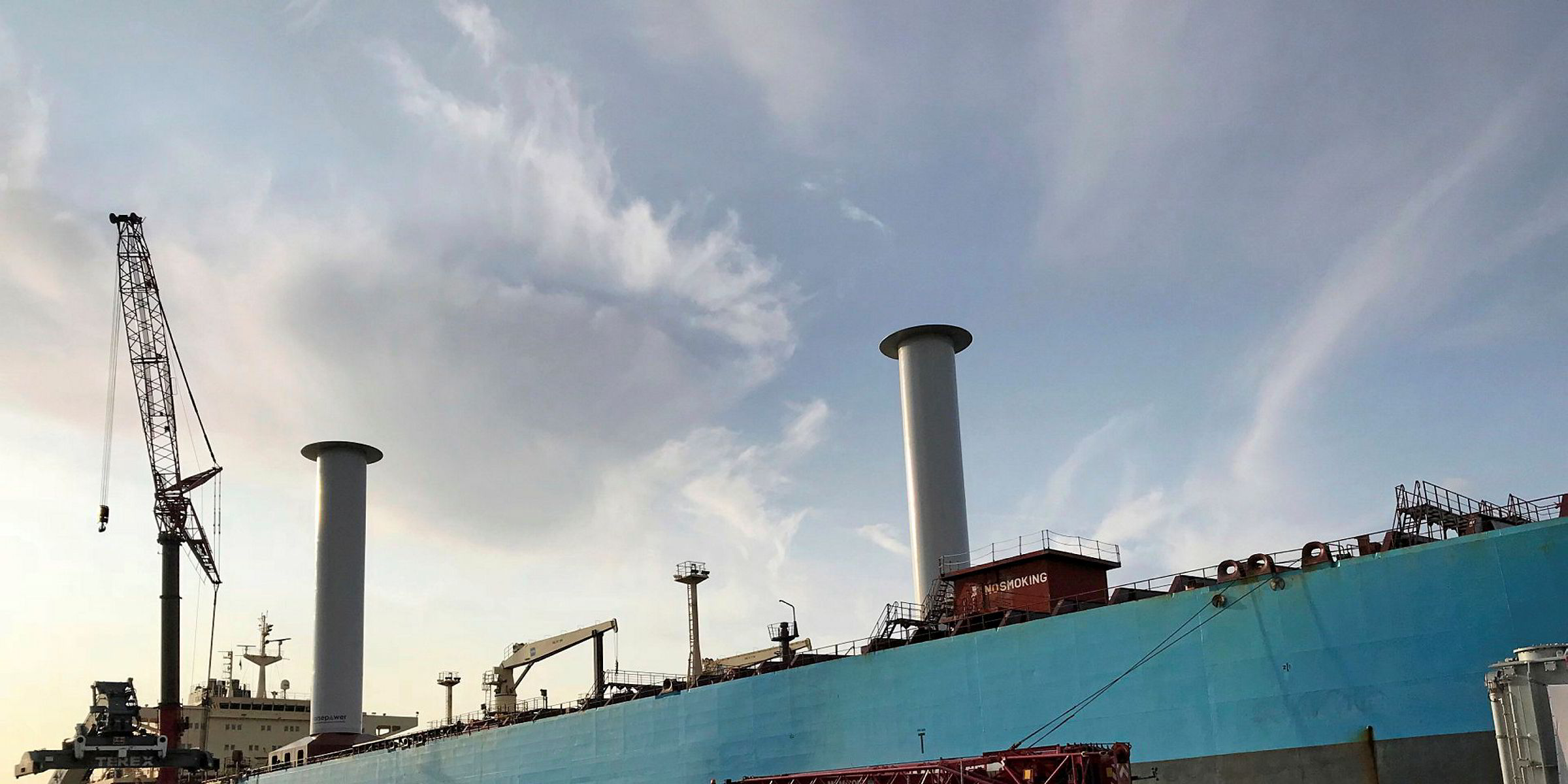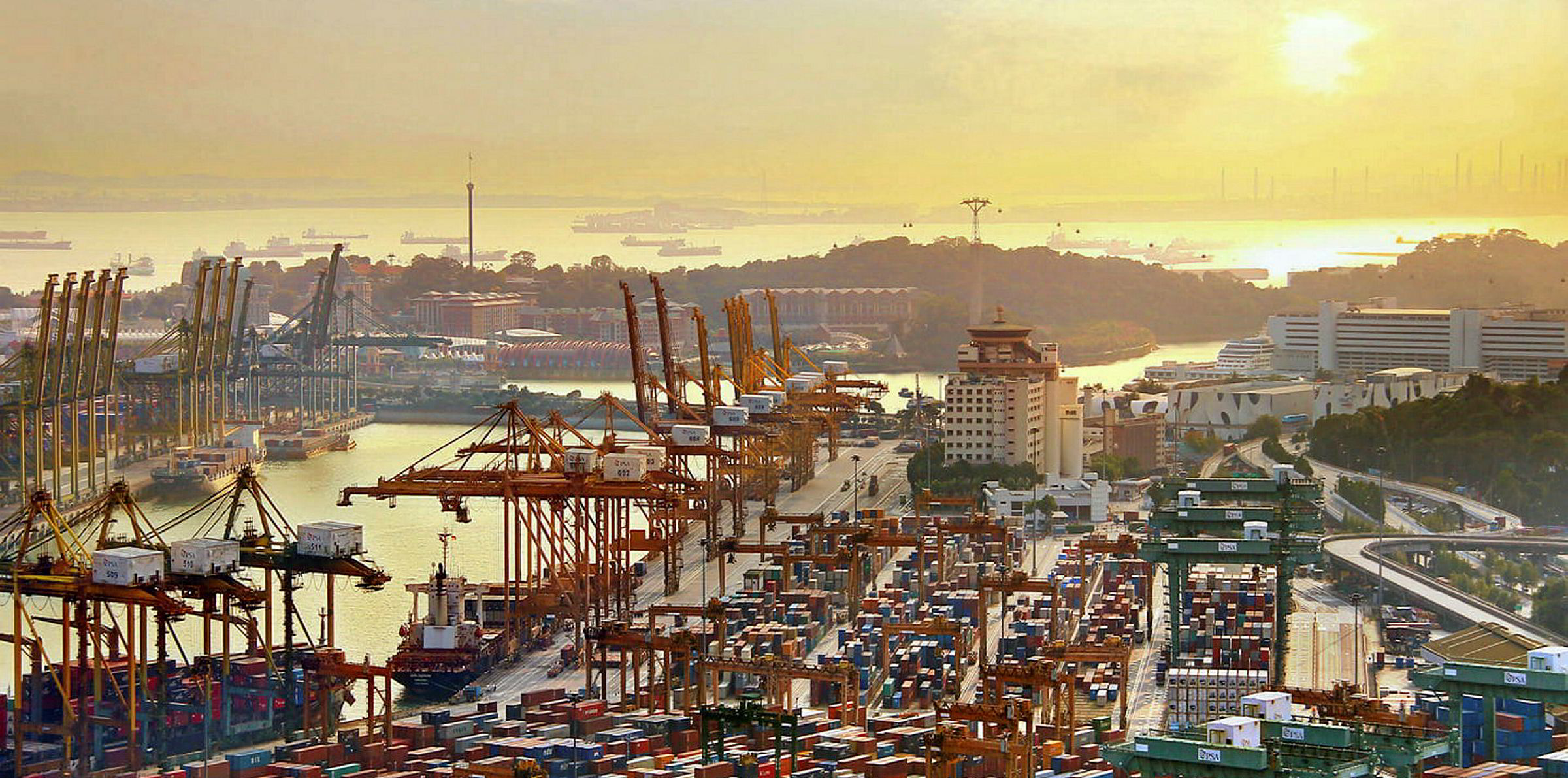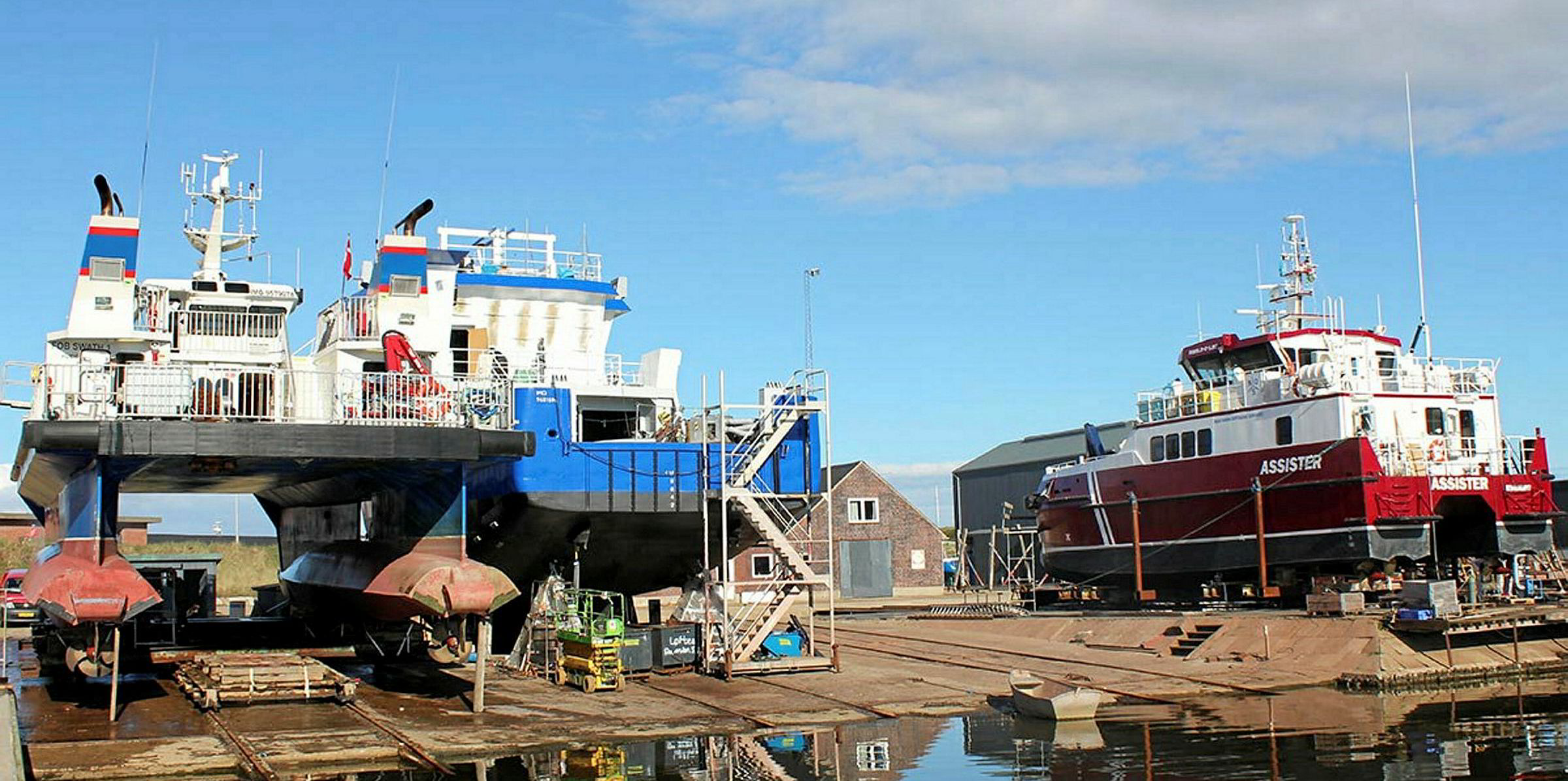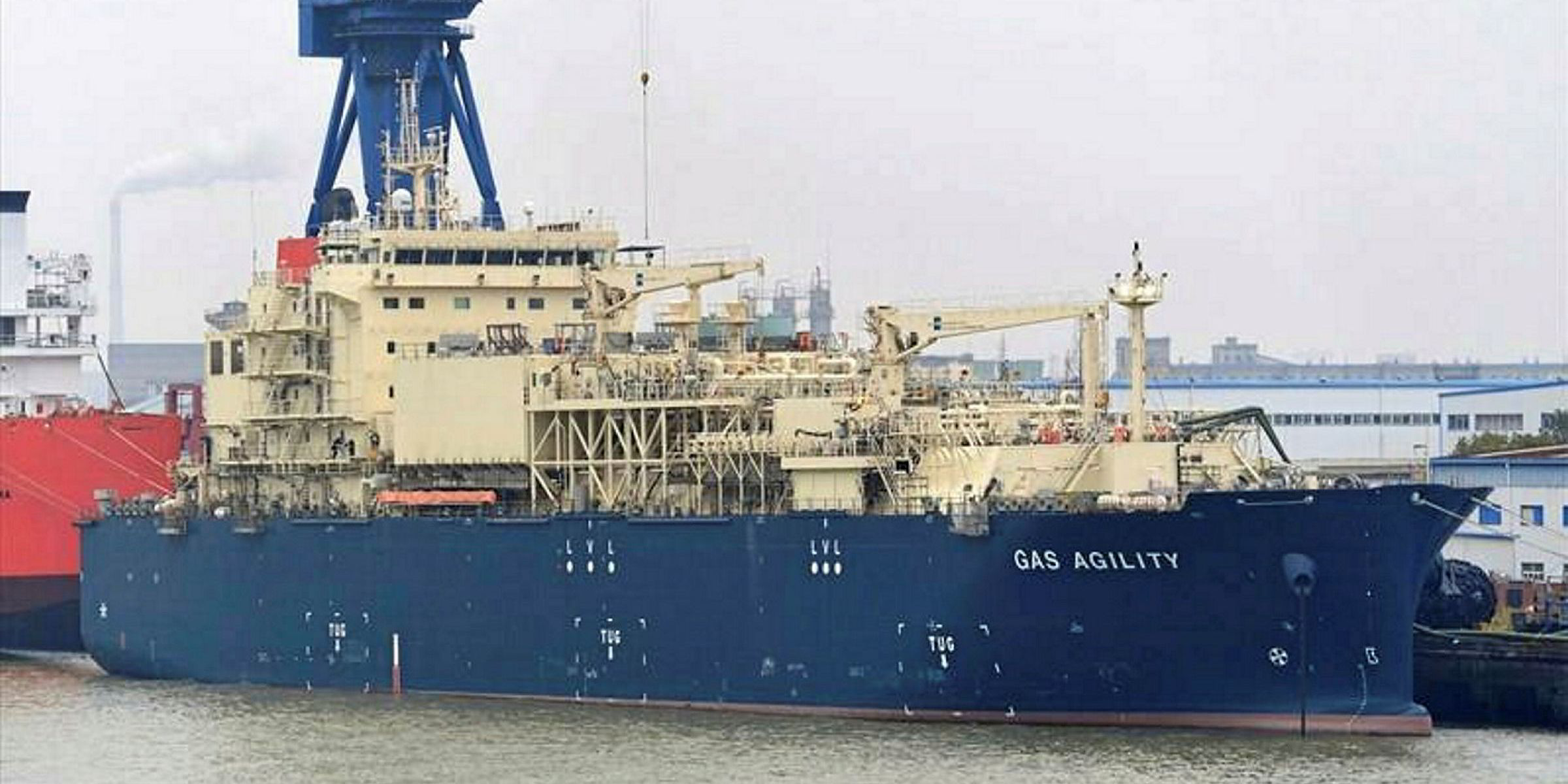Marine fuel quality has worsened this year amid production challenges from the IMO 2020 switch and coronavirus pandemic, with substandard issues most conspicuous in Europe, according to bunker experts.
The IMO has required nearly all vessels to switch to marine gasoil or very low sulphur fuel oil (VLSFO) from high sulphur fuel oil since January, prompting refiners and fuel blenders to adjust their production process.
While no widespread issues have been reported, some experts told a Platts virtual conference on Tuesday that the room for improvement remains large.
Veritas Petroleum Services (VPS) issued a total of 28 bunker quality alerts between January and May, compared with 12 in the same period of 2019. The numbers of issues in all bunker grades increased over the year.
“This really does indicate poorer fuel quality across the supply chain this year compared to last year,” the fuel surveyor’s commercial and business development director Steve Bee said.
Of the samples of VLSFO – the most popular bunker grade – tested by VPS in Europe last month, 8.8% turned out to be off-spec.
This was the highest among all regions, compared with 7.35% in North America, 3.47% in Singapore and 1.5% in Middle East.
“Proportionally, we do see more off-spec issue in ARA (Amsterdam-Rotterdam-Antwerp region) than anywhere else in the world,” Hafnia’s vice-president in bunker procurement Peter M Grunwaldt said.
Having observed fuels with sediment and sulphur contents not meeting requirements, Grunwaldt said the issues can be partly attributed to fuel blenders’ drive to maximise margins at the expense of prudent recipes.
“I am a little bit negatively surprised that the market hasn’t seemed to be able to get this right yet,” Grunwaldt said.
“People are preparing to push it to the boundaries…They need to look at the recipes extra carefully going forward.”
Covid-19 impacts
Sharing similar opinions to other surveyors, Bee said some quality issues related to bunker fuels past expiry dates had emerged recently.
With the Covid-19 crisis triggering an oil demand collapse, large quantities of VLSFO have entered floating storage since March due to contango play or logistics reasons.
“[In the] past few months, VLSFOs [that] tested as stable when bunkered become unstable a few weeks after bunkering.,” Bee said.
“Fuels flocculate, become unusable, indicating the shorter shelf life of some VLSFOs.”
Moreover, refineries have sought to produce VLSFO with feedstocks that were usually used to increase gasoline and distillates output, with demand for road and air travel hit by the pandemic.
“As a consequence of this trend, VLSFO viscosity and flash point could also decrease due to more volatile materials being present in the refined blend,” Bee said.
The average centistock — a parameter for viscosity — has dropped to between 20 and 40 in Singapore from 200 at the beginning of the year, while 10-cSt fuel can be seen in Rotterdam, according to Euronav’s head of fuel oil procurement Rustin Edwards.
Edwards said ship operators would need to adjust bunker operations when using such fuel, with different usage of lube oil and heating process suggested.
“Lubricity issue start pumping out because a low viscosity fuel in your slow speed diesel engine,” Edwards said.
“[And] you don’t need to heat as much…But you want to make sure it’s cool enough.”
